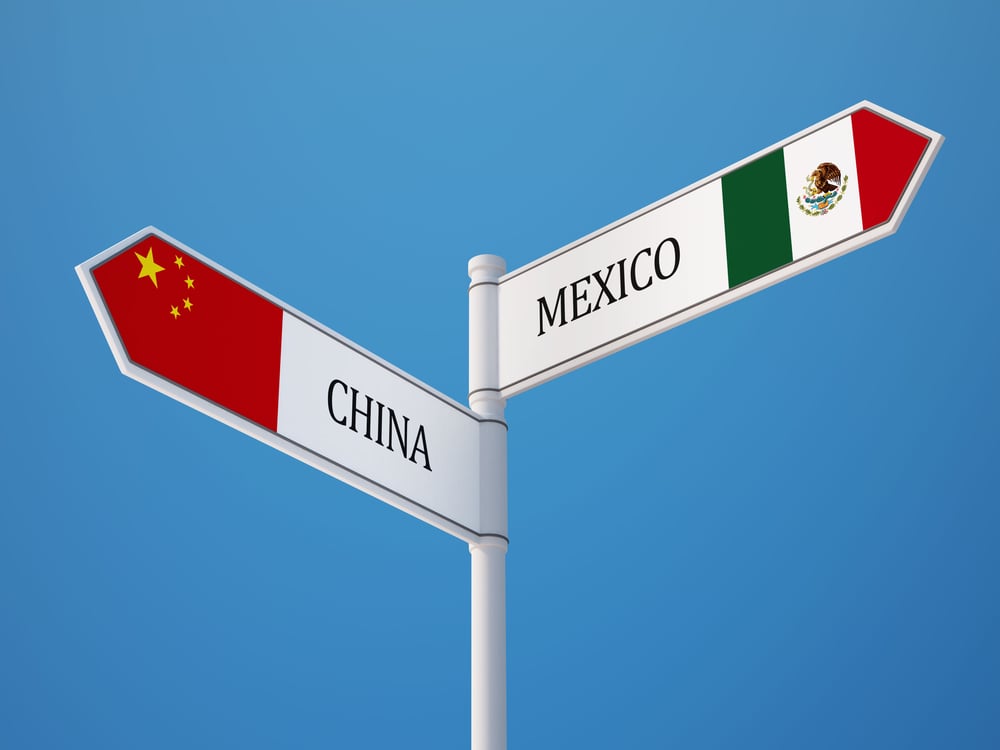There are hundreds of different techniques, equipment types, and production facilities available to textile manufacturers. Some may specialize in producing raw yarns for use in other applications, others will make finished products such as garments, carpeting, or furnishings, and some might create commercial fabrics for sale to other manufacturers.
This diversity means that a textile manufacturer’s range of duty obligations will also vary depending on what they make, in which country, and for sale to which end user. In this post, we’ll look at the basics of textile manufacturing to explain why there are numerous potential processes involved and how this may differ depending on the business model and product being manufactured.
Producing Textiles From Raw Fibers
All textile manufacturing begins with an input product, which is typically a fiber that must be cleaned and filtered before it can be used in production. Fibers can include standard materials, such as cotton, silk, or linen, or they can be synthetically manufactured.
Some sustainability-based producers also begin production with an existing fabric or yarn and reverse engineering the material to break it down into fibers that can be repurposed. For example, a producer might recycle old clothes or fabrics or blend recycled materials with eco-friendly fibers extracted from bamboo or other plant-based sources.
Once the fiber has been assessed for quality and treated, the next step is to turn the thread into a yarn through spinning, which is normally done through specialist equipment. However, this phase may differ for textile producers engaged in technical textile manufacturing, such as fire-safe fabrics, protective wear, and PPE or materials used in the medical and pharmaceutical sectors.
Once fibers have been spun into a yarn, they can be made into a finished material through weaving, knitting, and wet processing, such as dyeing or printing the fabric or adding other finishes. Manufacturers can then apply different techniques, such as cutting patterns from the textile to make apparel or cutting materials into standardized sizes.
Manufacturing Yarns Into Finished Textiles
Just as there are thousands of textiles in the consumer and business markets, there are many ways to use yarns to produce completed fabrics and introduce efficient and cost-effective manufacturing. For example, one textile producer might have production departments responsible for quality control, pattern design, cutting, grading, brushing, stitching, and mercerizing fabrics, during which they apply chemical treatments.
To control the costs of running large-scale textile production equipment and ensure manufacturing outputs return a profit, businesses need to work as efficiently as possible across the board. There are many ways to approach this, such as:
- Shifting production to an offshore or nearshore manufacturing facility, often through shelter services, e.g. in Mexico, to reduce production costs and improve the accessibility of raw materials through supply chains
- Introducing automation software and equipment to improve precision cutting and address quality control requirements
- Reducing waste outputs by minimizing water used on garment finishing, using solar power to cut down on energy costs for production plants, or extracting byproducts and waste materials with a saleable value
The primary cost drivers that organizations can remove to improve revenues relate to wastage and inefficiencies, such as lost productivity, transitions involved in loading weaving machines or replacing cutting patterns, or human error. By addressing each stage of production strategically and with good oversight, businesses can identify where there is scope to make improvements and monitor their performance to determine how effective changes have been.
Digitizing Textile Manufacturing
Like many industries, textiles have become increasingly open to digitization, but manufacturers continue to rely on workforce skill and technical and complex equipment operations to achieve high-quality standards and finishes. Options such as using digital sewing patterns can make it faster to produce a finished garment without any possibility of a mistake and ensure continuity and consistency between every output item.
Other solutions involve automated fabric cutting with machines that can cut accurate patterns across multiple layers of textiles and feed materials into sewing equipment with a continual supply to avoid downtime. Integrating machines that add finishes, chemical applications, and trims can also allow for faster manufacturing, producing a completed item or roll of textiles without splitting the process into multiple steps.
Of course, at all stages, quality control is essential, as is balancing the need for efficiency and cost management with the demand for high-quality textiles that meet the customer's expectations and specifications.
Subscribe
Sign up and stay informed with tips, updates, and best practices for manufacturing in Mexico.





